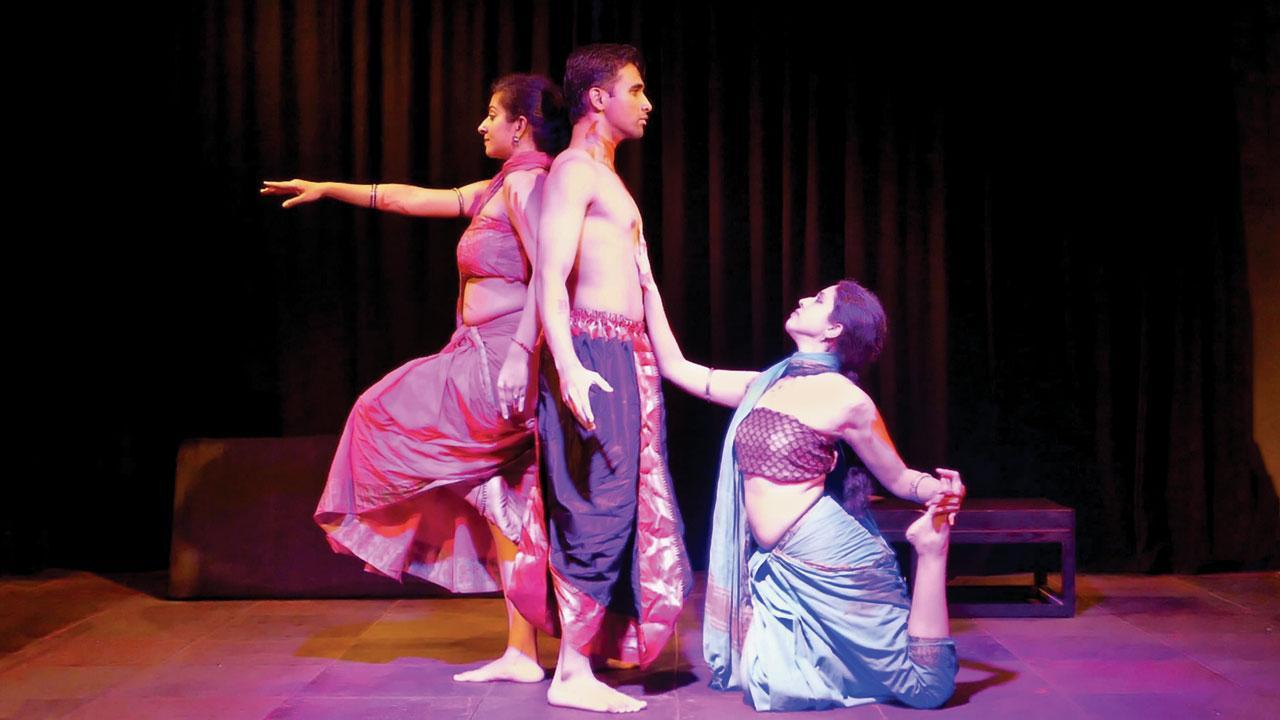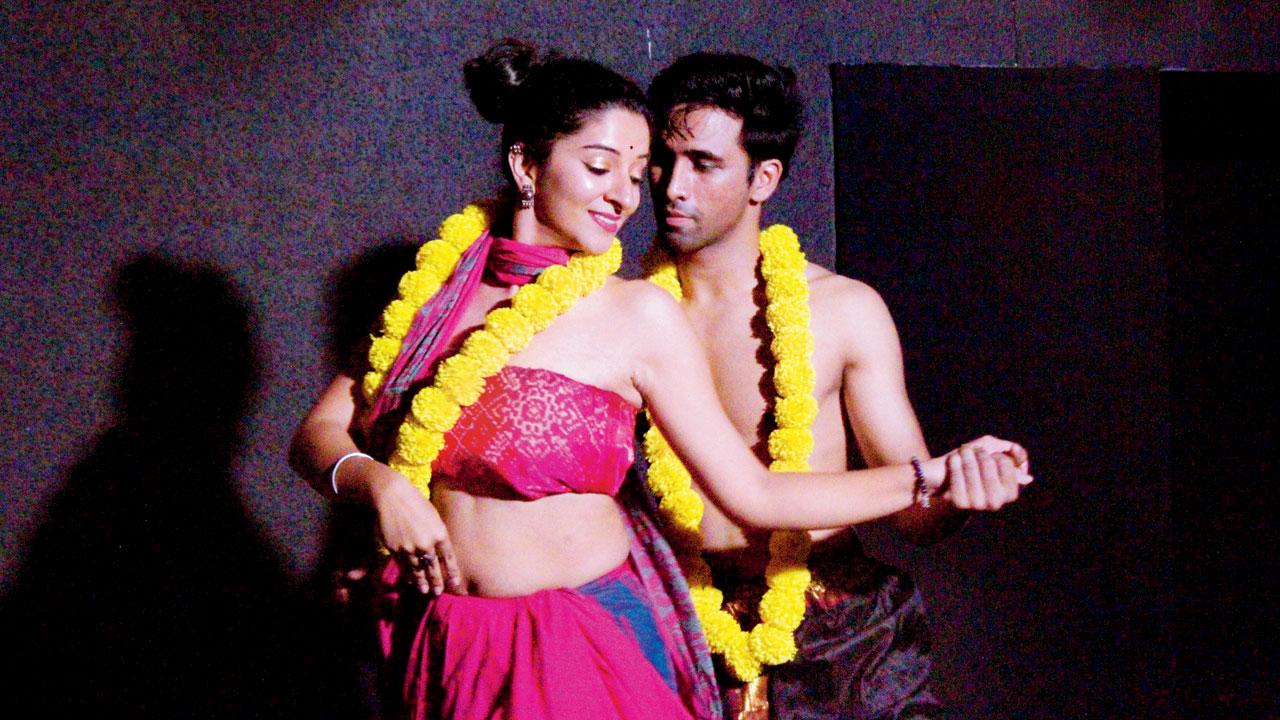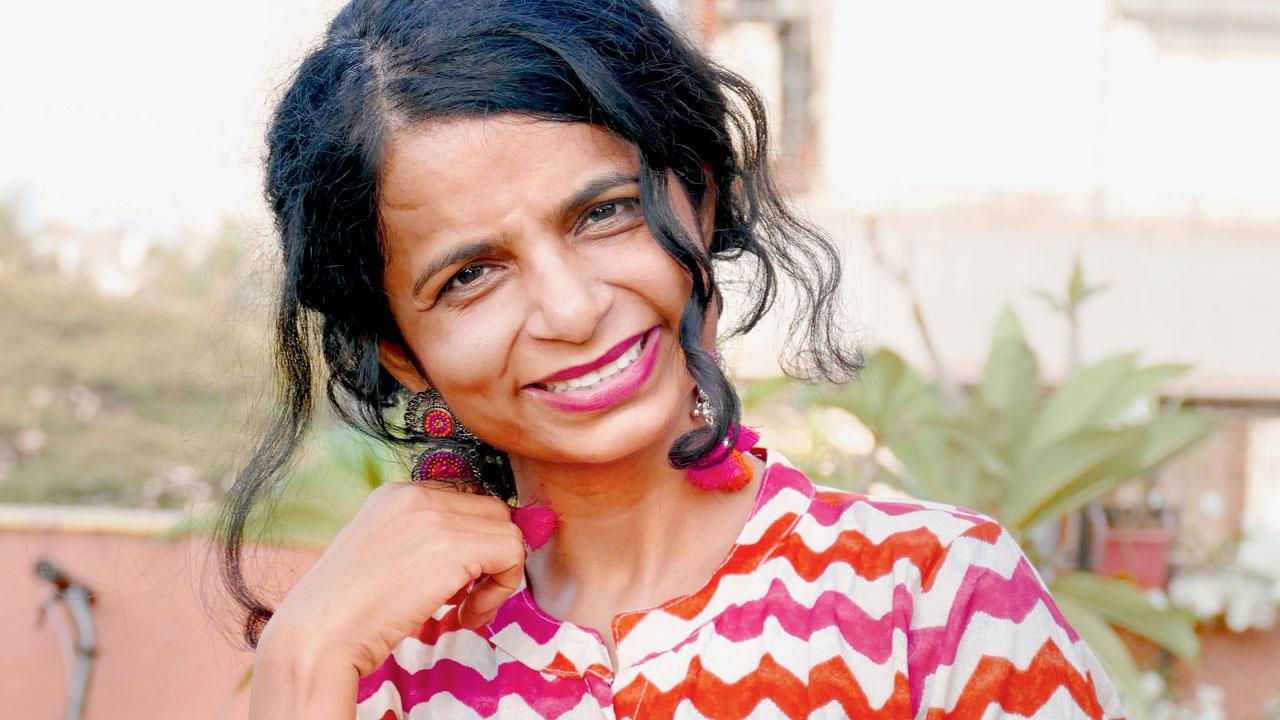This play explores the idea of yearning in women by blending the worlds of mythology, poetry and movement

(Left and above) Moments from Ballad of Desires
Is desire good or evil? With her upcoming play, Ballad of Desires, theatre artiste, writer and folklorist Ulka Mayur will retell stories of women from Indian mythology, who were prohibited from desiring or were harshly punished for their desire. Tracing stories from scriptures such as the Ramayan, Mahabharat, Upanishads and even tribal mythology, the hour-long production will weave together tragic tales of women like Ahalya, Ruchi, Renuka, Rambha, Menaka and Hirapath.
ADVERTISEMENT
“There are different perspectives. While some say that desire is a good thing and it motivates you to do better, others believe that desire is the root cause of all problems. The third view is that desire is good, as long as you keep it in check,” shares Mayur. The folklorist wanted her play to investigate the idea of desire, both in a broader context as well as specifically, with respect to women and their bodies. “One can find many examples in both history and mythology where women are objectified and society is fine with that, but when women express their own desires, they are punished,” she points out.

The narrative is split into two parts. While dance performed to poetry explores the abstract aspect of desire, play-acting will bring out desire among women. The dancer-actors make use of forms such as pasodoble (a fast-paced Spanish military march), bharatanatyam, butoh (a form of Japanese dance theatre), salsa and contemporary dance, and perform them to select poems of Khalil Gibran, Pablo Neruda, Maya Angelou and Hafiz.
“When you think of mythology, you usually associate it with Indian classical dance forms. That was my first thought too. Then I decided to follow the mood and choose the dance form accordingly. For example, Ruchi’s mind is controlled, and so I have used an adapted form of pasodoble to tell her story because the style traditionally involves control and conflict between the bull and matador,” Mayur explains. Salsa usually involves a man and a woman dancing together, but the theatre-maker wanted it to be performed by two women dancers. “I have also used butoh, a Japanese dance form that is quite dark in nature. I used it to depict the verse of the Rigveda that states that there was darkness in the world first; then came water and then life,” shares Mayur.

Ulka Mayur
It was difficult to find a cast that can act as well as dance, Mayur admits. The play features Dipna Patel, an actor trained in jazz; Shanelle D’Souza, who is a dance instructor adept at salsa, jive and bharatanatyam; and Yash Pednekar, an actor who performs contemporary dance.
On: November 19 and 20; 8 pm
At: Story Circus, 402/501, Suvidhi CHSL, near Kallol Kali Mandir, Bangur Nagar, Goregaon West
Log on to: insider.in
Cost: Rs 299
 Subscribe today by clicking the link and stay updated with the latest news!" Click here!
Subscribe today by clicking the link and stay updated with the latest news!" Click here!








